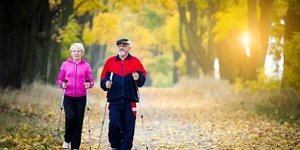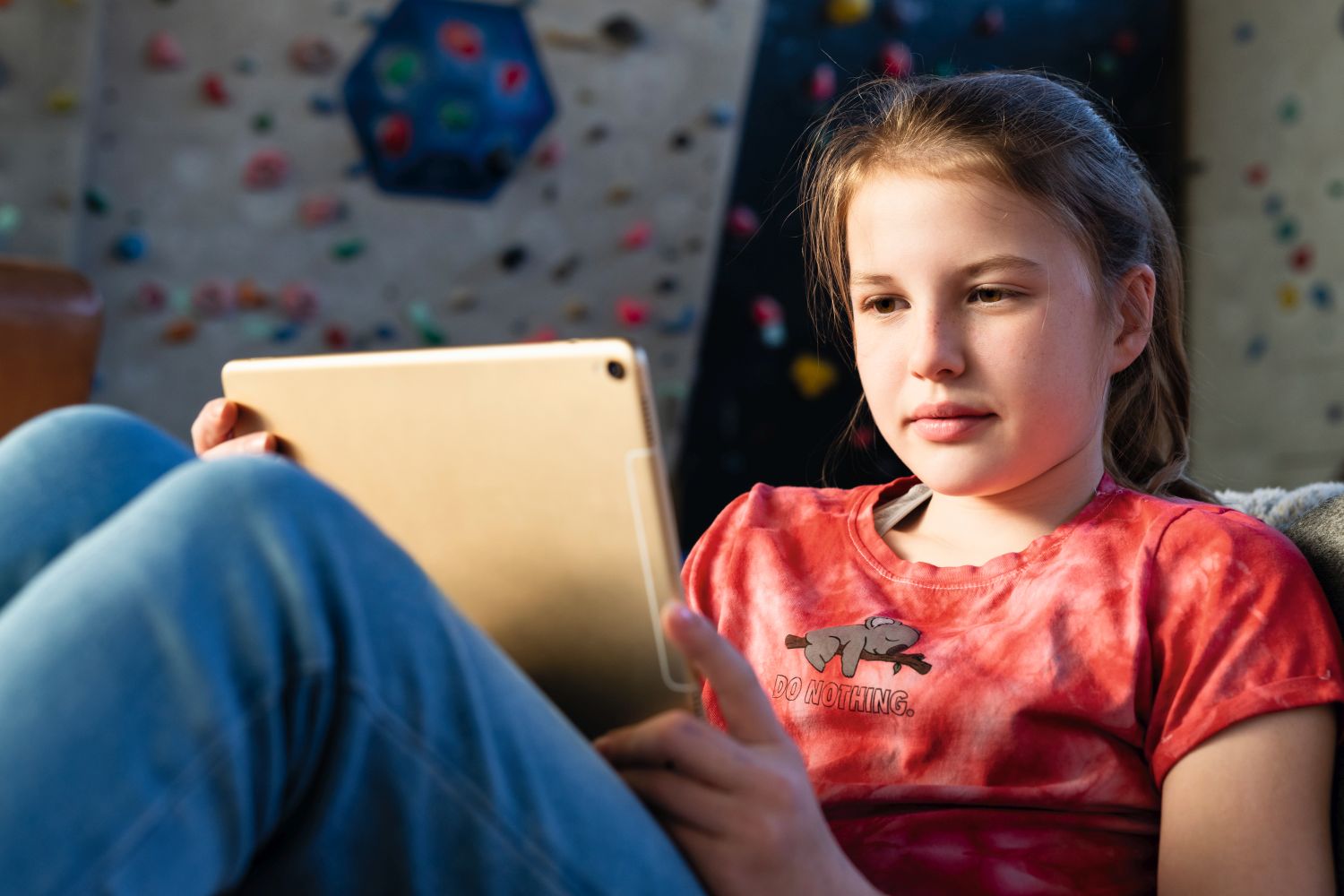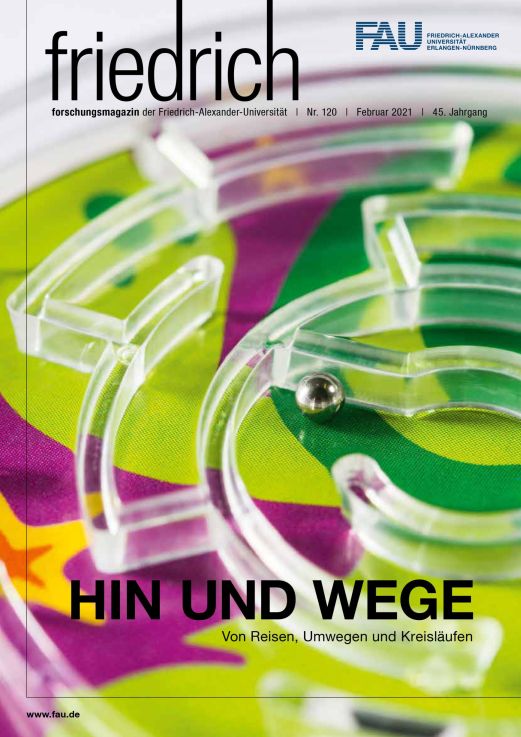Get moving
Individuals who engaged in physical exercise regularly as children will most probably continue to do so as adults – and benefit from the positive effects it has on their health. But boys and girls are active to different degrees: Why is that and what can we do about it? Interview with Professor Anne Reimers, Professor for Sport Science and Chair of Physical Activity and Public Health at FAU.
Professor Reimers, why is it so important to encourage physical exercise among children and adolescents?
The World Health Organisation recommends at least 60 minutes of physical exercise per day for children and adolescents. In fact, however, only very few achieve this. At the same time, the hours we spend sitting down have increased over the last decades. For example, people nowadays spend more time in front of their computers and smartphones. This also applies for children and adolescents. But other factors are also changing over the course of time. The way to school is often longer nowadays than it was in times of the village school. This means that children go by bus or their parents take them, instead of them walking or cycling there.
As a result, many children do not get enough exercise, which leads to health problems. A lot of people, even children and adolescents, are very overweight, and as a consequence cardiovascular disorders are becoming more and more common. It is particularly important to tackle this at an age when the foundation for later development is being laid. If we can address this from an early age, it is more likely that active children and adolescents will become active adults. We also know that physical activity fosters the ability to concentrate as well as benefiting social interaction with peers.

Active and mobile in old age
When people become frail in old age, they gradually lose their physical as well as their cognitive abilities. Particularly widespread is loss of muscle strength, mass and quality. The medical term for this is sarcopenia. But which measures are effective to prevent sarcopenia? A European research team has examined this in the framework of the SPRINT-T study, in which a total of 1,500 older people took part. The results should help to develop support programmes and initiatives. Read more
Who is more active: Boys or girls?
Both among girls as well as among boys, there is a disparity between very active children, who even take part in competitive sports, and absolute couch potatoes. However, we also know that there are differences between boys and girls: In Europe, about 25 percent of boys aged 14 to 19 years get enough exercise, while among girls it is only about 14 percent. These differences are less obvious in childhood. They become more evident with the onset of adolescence.
How can we explain this difference?
Many children are members of sports clubs, but as teenagers they stop going. This is more often the case among girls than among boys. One reason for this is that with the onset of puberty girls increasingly identify with gender-specific norms. They are influenced more by role models in the media and role expectations placed on them as girls and then later as women. For girls, it might then be considered rather unattractive to sweat more or to wear sportswear such as a helmet when cycling. Studies also show that female adolescents frequently do not want so much to be the centre of attention when doing sports. Boys, by contrast, often quite like to demonstrate their athletic prowess in front of others.

How can this development be prevented?
When planning programmes for children and adolescents aimed at increasing physical activity and reducing the amount of time spent sitting down, it’s worthwhile thinking about how and where we can successfully reach out to both boys and girls. You’ll find comparatively few girls actively taking part on football pitches or in skateparks, for example. They are more often found there as spectators and are hesitant about joining in.
That’s why we should reach out to girls (and naturally also to boys) where they like being anyway – for example through digital media by targeting their specific interests. Although digitalisation has a bad reputation for shackling children and adolescents in front of the screen, if used skilfully it can make a valuable contribution to encouraging more physical exercise. An example here is games like “Pokémon Go”, where you cannot stay sat on your chair but have to get up and move.
This is precisely where your work comes in…
Yes, until now there was no scientific system that provided an overview of gender-sensitive approaches for boosting physical activity. That’s why in our genEffects project we examined existing studies from a gender perspective and analysed intervention studies aimed at encouraging physical activity and reducing the amount of time spent sitting down. Most of these studies took place in schools. The studies from the last 20 years that we looked at deal with children and adolescents aged 3 to 19 years.
genEffects
First results from the genEffects collaborative project were published in June 2020. It was funded by the Federal Ministry of Education and Research and implemented together with partners from the Technical University of Munich and Heidelberg University of Education.
To what conclusions did the genEffects study come?
The gender factor indeed played only a subordinate role in most of the interventions we looked at, and gender was not taken sufficiently into account, especially when designing and implementing the programmes. Our project now delivers a basis for the better involvement in the future of children and adolescents of different genders: In cooperation with an expert panel of 16 members, we have compiled a checklist that can be used to investigate exactly the extent to which the programmes under consideration were designed in a gender-sensitive way. This checklist can also serve as a guideline for taking gender-specific aspects into account right from the start when developing and implementing new programmes aimed at boosting physical activity.
About the author
Dagmar Köhnlein is a state-certified translator for English. She studied Nordic philology and history at FAU and now works as a freelance translator, author and editor.
FAU research magazine friedrich
 This article first appeared in our research magazine friedrich. You can order the print issue (only available in German) free of charge at presse@fau.de.
This article first appeared in our research magazine friedrich. You can order the print issue (only available in German) free of charge at presse@fau.de.
